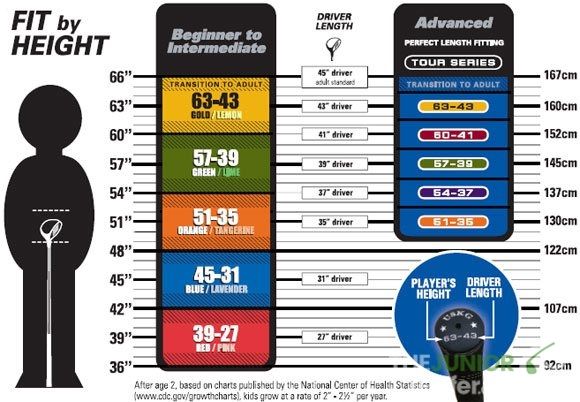Periodically inspecting and replacing the chain on your motorcycle or ATV is part of regular maintenance. Here, we go over steps and key tips for replacing your worn out chain with a new one.
The necessity to periodically replace the chain on off-road machines comes as a byproduct of operating in harsh environments containing dirt, mud, sand, etc. On road machines aren’t exempt from this maintenance task either, however, their replacement intervals are longer. Replacing your machine’s chain isn’t a tough job if you’re well equipped and prepared to take on the task.
Replacing your machine's chain is part of normal maintenance and should not be neglected.To start, it is essential to have a copy of your machine’s factory service manual. Within the service manual, you’ll find specific instructions and torque specifications that may be required to complete the job. For example, if either of the sprockets requires replacement, it is imperative the nuts and bolts that secure them are torqued to the outlined specifications.
Before purchasing a new chain, you’ll want to confirm that the sprockets are in good condition. Pairing a new chain to worn sprockets will accelerate the rate of chain wear and be counterproductive. You’ll also want to inspect components that come in contact with the chain such as chain slides and rollers. Replacing these components at the same time as the chain is advantageous.
Inspect your sprockets before beginning the new chain install process. Notice how the grooves in the worn sprocket are asymmetrical in comparison to the new sprocket.Inspections
Sprocket condition can be checked visually by looking at the sprocket teeth.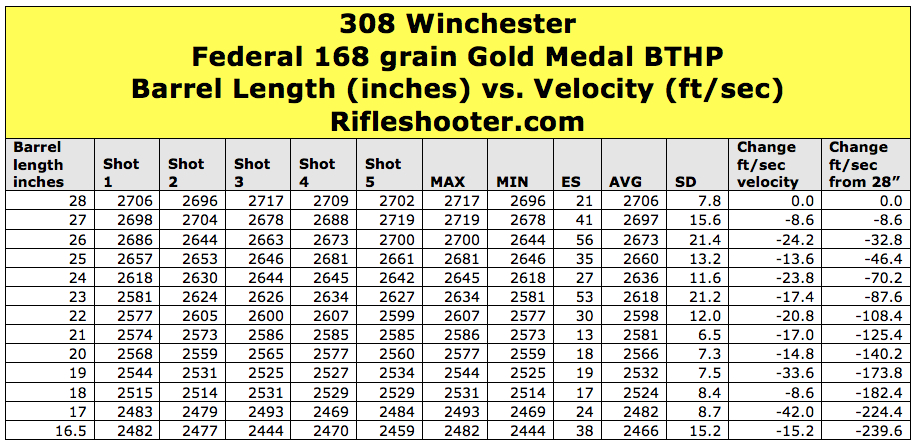 Sprocket teeth take on a hook shape when they become worn, and in severe cases, shorten and round off when service has been severely neglected.
Sprocket teeth take on a hook shape when they become worn, and in severe cases, shorten and round off when service has been severely neglected.
If funds allow, it’s always best practice to replace both sprockets when replacing your chain. This will allow for the most life possible out of your drive system.
The condition of the chain can be assessed by putting the bike on a center stand. Rotate the rear wheel and visually inspect the chain’s condition. As you rotate, feel the chain for tight spots or links that are stuck together. Attempt to pull the chain away from the rearmost part of the rear sprocket. If the chain can be pulled off the rear sprocket by a half sprocket tooth or more, it is time for a replacement. Similarly, if the chain moves significantly side to side when pushed and pulled on the sprocket, wear has occurred.
Check your chain's wear level by attempting to pull it away from the back of the rear sprocket.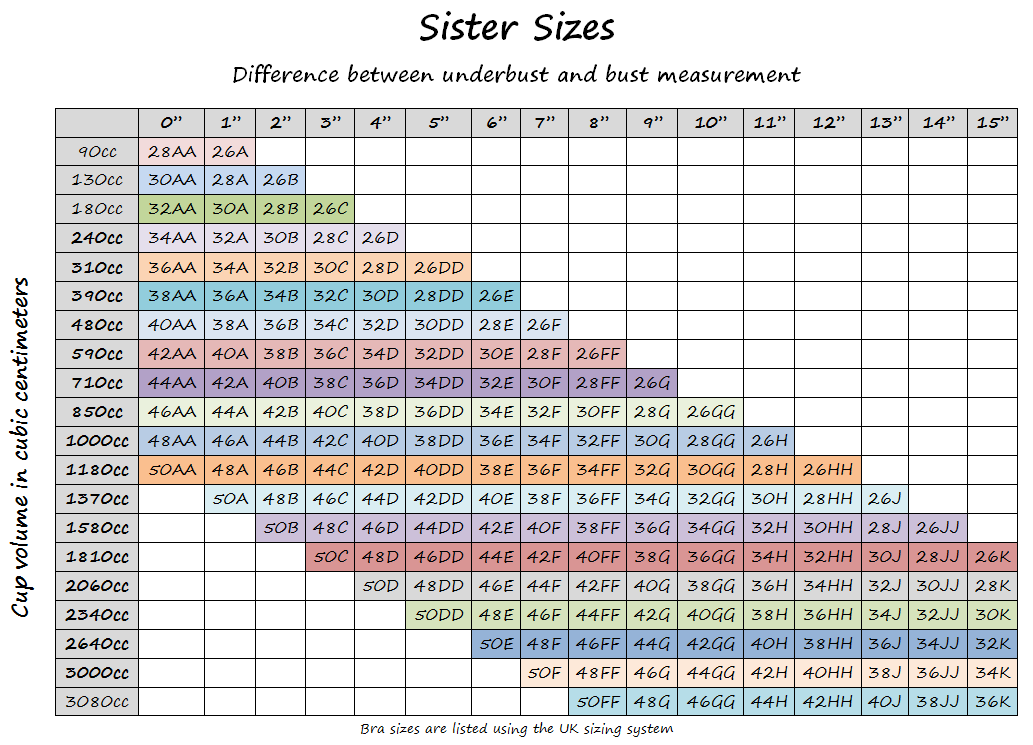 If it's half a tooth or more, it's time for a replacement.
If it's half a tooth or more, it's time for a replacement.Check any chain slides to ensure they have ample life left. Rotate chain rollers to ensure they spin freely.
Check your chain rollers and sliders as well. These are normal wear items, and they should be replaced when they show signs of excessive wear.ProX also offer OEM replacement chain rollers in addition to chains and sprockets.
Chain Sizing and Options
Off and on-road chains used for powersports applications come in various sizes based on chain pitch and length. Before purchasing a new chain, you’ll need to confirm the appropriate pitch and size for your machine.
Chain pitch defines the distance between the chain pins. Common pitch options are shown in the table below along with their corresponding dimensions.
| Chain | Pitch | Width | Roller Diameter |
| 420 | 12. | 6.35mm | 7.75mm |
| 428 | 12.70mm | 7.75mm | 8.51mm |
| 520 | 15.88mm | 6.35mm | 10.16mm |
| 525 | 15.88mm | 7.85mm | 10.16mm |
| 530 | 15.88mm | 9.53mm | 10.16mm |
There are a couple of ways to determine the type of chain your machine utilizes. First, your factory service manual should contain this information. This is usually found in the rear wheel specification table. Second, most chain manufacturers denote the chain’s pitch on the side of the chain. You can obtain the chain’s length simply by counting the number of chain links it has.
Second, most chain manufacturers denote the chain’s pitch on the side of the chain. You can obtain the chain’s length simply by counting the number of chain links it has.
Once you’ve determined the chain pitch and length you need, you’re ready to order. When it comes to ordering, you’ll need to decide on the type of master link connection you want and whether the chain is a standard chain or a sealed chain.
The most common chains in dirt bike and ATV applications are 420 (for minis) and 520. ProX offers both sizes of chains. ProX 520MX chains are available in both standard and X-ring, in standard and gold finishes. The gold finish is the result of a rust-resistant coating. ProX chains are made in Japan from high-quality Japanese steel. These chains come with master link style connections, which is the most common in modern off-road applications.
520 is the most common size for modern off-road motorcycles, and 420 is a common size for minis.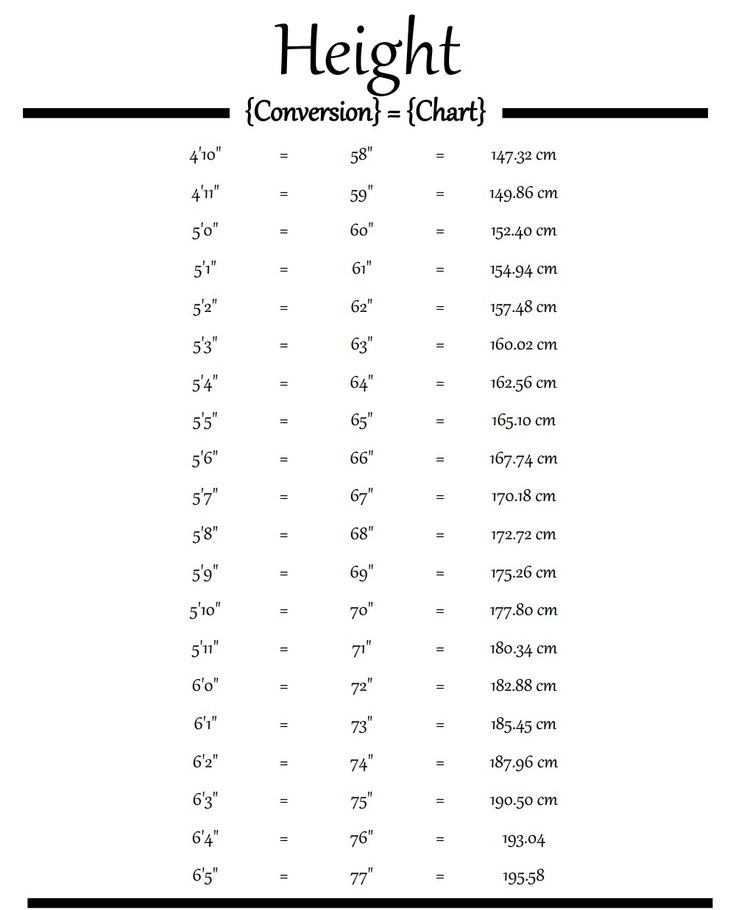
Master Link Connection
Clip Type - Clip type connections are widespread nowadays and are notable for their ease of installation. Clip type master links are not quite as strong as rivet type. However, they can be installed with no special tools.
A clip type master link.Rivet Type - Rivet type master links require a special rivet tool to install but offer a more permanent connection.
Replacement chains will either come with both of the connection types or one or the other so ensure you know what you’re ordering.
Chain Seals
The difference between a standard chain and a sealed chain is that the former does not use any type of seal to retain chain lubricant. Sealed chains, often referred to as O-ring chains, utilize O-rings or similar variants to retain lubricant which helps reduce wear and prolong chain life.
There are different styles of O-ring chains available, such as ProX’s X-ring chains.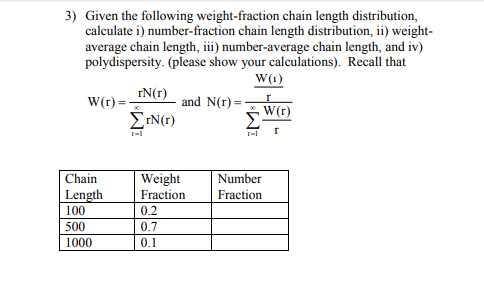 ProX’s X-ring chains are a sealed O-ring chain but have less O-ring surface area touching the link surfaces to reduce the drag in comparison to a normal O-ring chain. The advantage is in the design of the O-rings themselves.
ProX’s X-ring chains are a sealed O-ring chain but have less O-ring surface area touching the link surfaces to reduce the drag in comparison to a normal O-ring chain. The advantage is in the design of the O-rings themselves.
Tools
To replace a chain that utilizes a clip type master link, you’ll need the following:
To replace a chain that utilizes a rivet type master link, you’ll need the following:
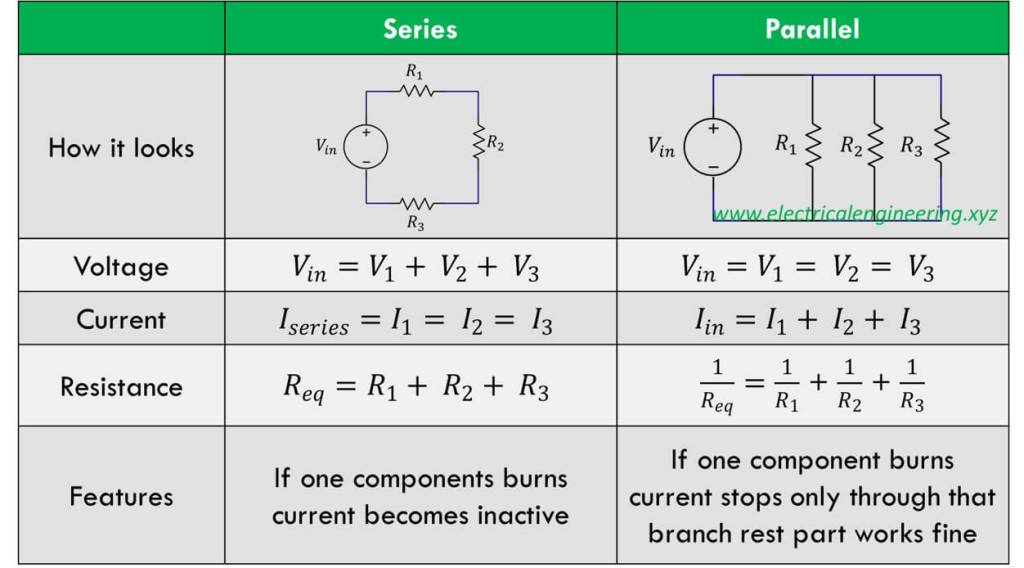
Chain Removal
On chains utilizing a clip type master link, chain removal is as simple as prying off the master link clip and removing the master link. Through use, the master link plate usually wears enough so that it can easily be slid off the link. If the master link plate is tight, the master link should be driven out by using a punch and hammer or chain break tool.
For clip style chains, one easy way to remove the master link clip is to use a pair of pliers to push the clip off by using the chain pin for leverage.Chains utilizing rivet master links will require pin grinding so that one of the links can be removed. Grind the rivets that retain one of the links flat, then use a punch and hammer or chain break tool to push the chain link out.
Chain Installation
If necessary, resize the chain to your machine by removing the appropriate number of chain links.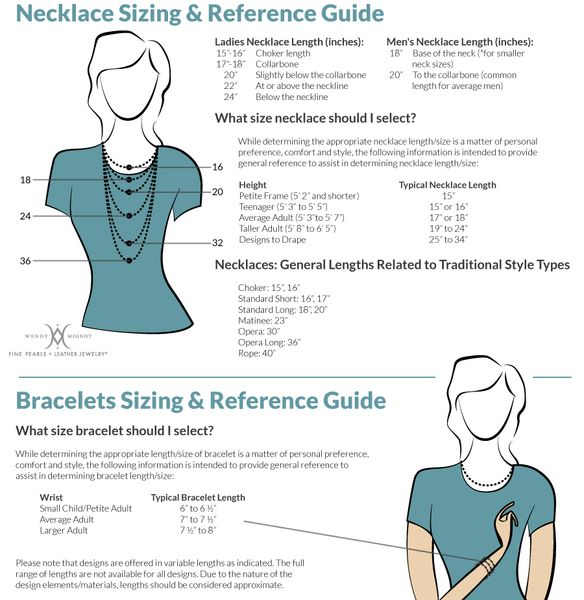 Remember to count the chain links of the old chain to establish the length of the new chain. Don’t lay them side by side and try to set the length because the chain stretch that occurred in the old chain will lead to an incorrect chain length of the new chain.
Remember to count the chain links of the old chain to establish the length of the new chain. Don’t lay them side by side and try to set the length because the chain stretch that occurred in the old chain will lead to an incorrect chain length of the new chain.
Chain links can be removed by carefully grinding the rivet flat to the chain side plate, then driving the pin out with a punch and hammer. Alternatively, a chain break tool can be used.
Sizing the chain can be done by grinding and punching, but the easiest way to remove links is to use a tool made specifically for the job.Loosen the rear axle nut and slacken the chain adjusters. The new chain will necessitate this since it has not worn or stretched.
Position the two chain ends on the rear sprocket.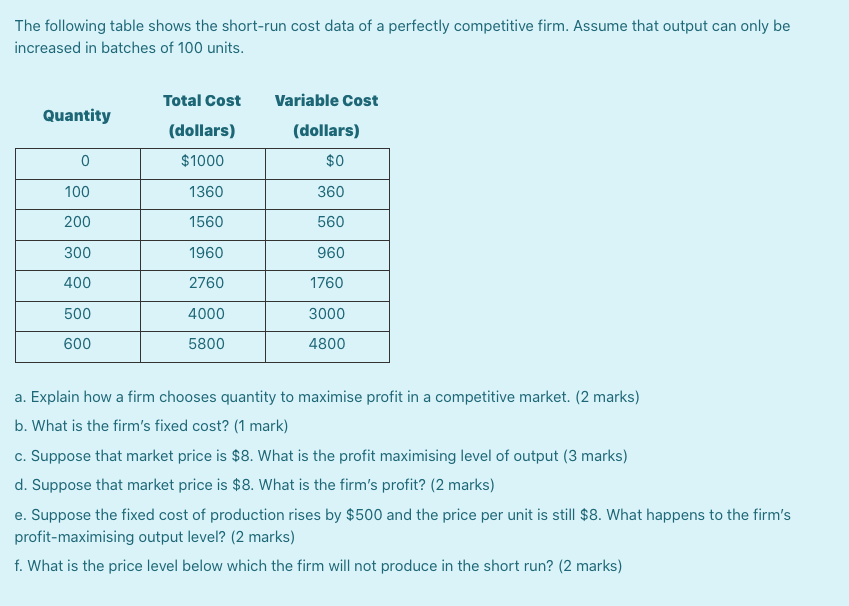 Next, install the master link whether clip or rivet type. Be sure to include the o-rings when installing sealed chains.
Next, install the master link whether clip or rivet type. Be sure to include the o-rings when installing sealed chains.
Clip Type Master Link Install
Once the master link has been installed, install another pair of o-rings (on sealed chains) followed by the master link plate. The master link plate will need to be pressed onto the master link. Use a pair of pliers to squeeze the plate onto the master link. Press the plate on far enough so that the grooves that retain the master link clip become exposed. A pair of small c-clamps can sometimes be helpful when installing the plate, or a master link plate installation tool can be utilized.
Next, install the master link clip. The master link clip is directional and should be oriented so that the closed end of the clip leads the direction of rotation. By orienting the clip this way, should the clip hit an object during operation, it will not become dislodged from the master link. To install the master link clip, position it in its mating grooves on the master link. Use pliers to seat the clip fully in its grooves.
By orienting the clip this way, should the clip hit an object during operation, it will not become dislodged from the master link. To install the master link clip, position it in its mating grooves on the master link. Use pliers to seat the clip fully in its grooves.
Rivet Type Master Link Install
To install a rivet type master link, you will need a master link rivet tool. It’s recommend to follow the instructions provided with the tool to perform the rivet operation. The chain manufacturer will also provide specifications which govern the appropriate amount of flare to add when deforming the rivets.
Setting Chain Slack
Once the master link has been installed the chain tension should be adjusted so that the machine has the appropriate amount of chain slack.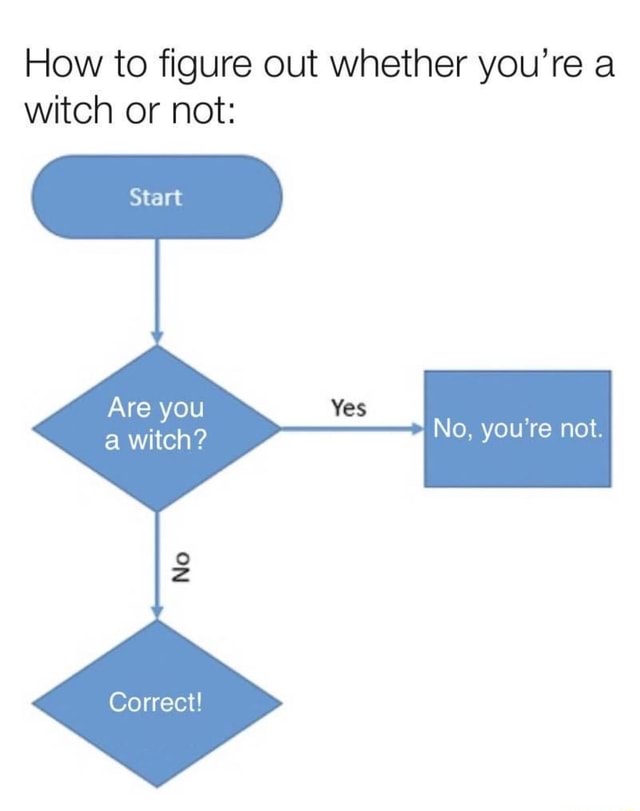 Your machine’s service manual will outline how to measure the chain slack and define the slack range. Most manufacturers recommend measuring chain slack with the bike on a center stand. Slack is then measured by pulling up on the chain near the center of the swingarm and measuring its displacement. Most dirt bikes require 30 - 60mm (1.18 - 2.36 inches) of chain slack. Carefully manipulate the chain adjusters so that they tension the chain evenly and align with the same reference points from side to side. Once chain slack is correctly set, torque the rear axle nut to the specification outlined in your service manual.
Your machine’s service manual will outline how to measure the chain slack and define the slack range. Most manufacturers recommend measuring chain slack with the bike on a center stand. Slack is then measured by pulling up on the chain near the center of the swingarm and measuring its displacement. Most dirt bikes require 30 - 60mm (1.18 - 2.36 inches) of chain slack. Carefully manipulate the chain adjusters so that they tension the chain evenly and align with the same reference points from side to side. Once chain slack is correctly set, torque the rear axle nut to the specification outlined in your service manual.
Post Installation Tips
Most chains are pre-stretched to reduce the amount of initial chain stretch that occurs once the chain is put in use, however, it is never a bad idea to keep an eye on the chain slack after the first few rides.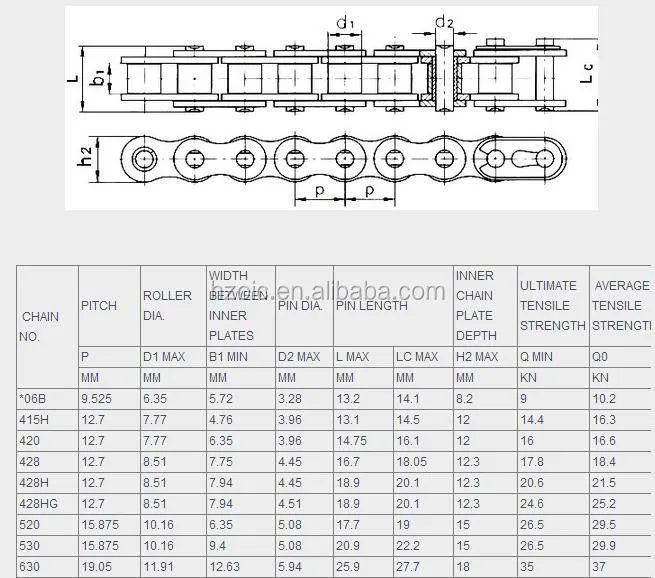
New chains come pre-lubricated from the factory. However, you should always ensure your chain stays lubricated throughout its life. Lubing your chain before or after every ride, especially muddy or rainy ones, should become habitual.
Find ProX chain and other components for your bike HERE!
GUIDE How to identify and measure chains for Racing go-kart use
I am often asked the question “Will this chain fit my kart?” and “What is the best pitch to use for my project?” so I’ve decided to write this informative but straight-forward guide focussed on the two popular go-kart chain sizes 35 pitch and 219 pitch.
What is Pitch?
Firstly, to explain pitch we need to understand the basic components of the chain. A picture is a thousand words (so to speak) so here’s a diagram of an arbitrary chain:
(picture from Renold.com)
The pitch of the chain is basically the distance from centre of roller to centre of roller.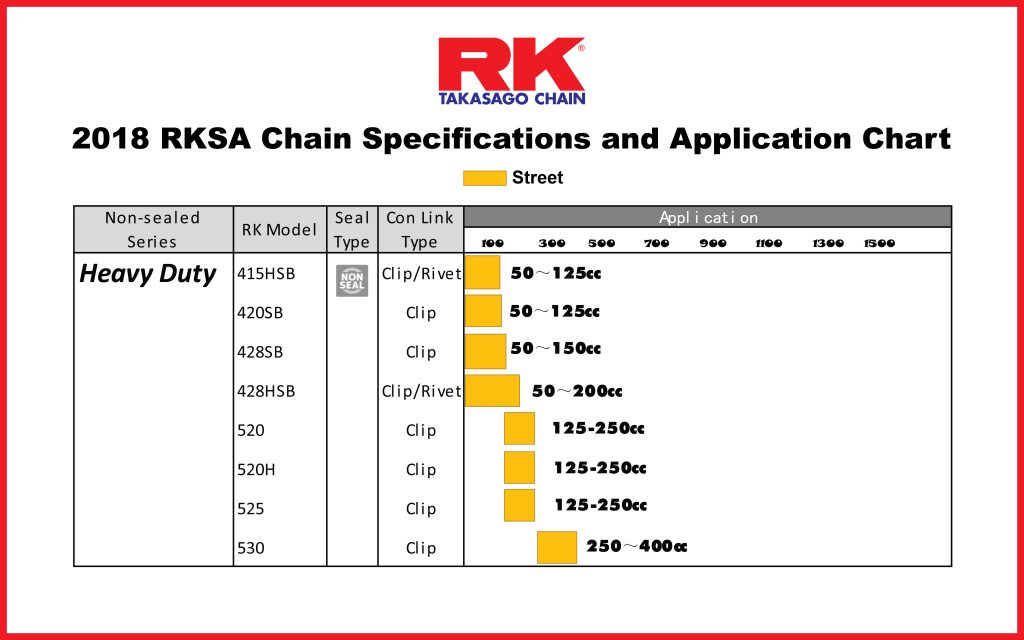
(picture from hammerinhandcycles.com)
Or, from the centre of the link plate to the centre of the next link plate (inner plate centre to outer plate centre).
This is the same distance between the tip of each tooth on a brand new sprocket of the same pitch:
(picture from rustgears.com)
What types of chains are used on Racing Go Karts?
In Australia, we generally use one of two size chains to transmit power from engines to axles our karts. #35 pitch and #219 pitch. As a general rule of thumb, most 2-stroke karts use #219 pitch chain and most 4 stroke karts use #35 pitch chain, but this is not a hard and fast rule due to the benefits of each type of chain and the purpose of the go kart.
How do I know what pitch I have on my kart?
The easiest way to determine the pitch is to measure either a sprocket or a chain from your kart. If it’s #35 pitch it will measure approximately 10mm (9.525mm = 3/8 inch), if it’s #219 pitch it will measure approximately 8mm (7. 774mm). The reason we measure approximately is because these tow chain pitches are measured in imperial inches rather than metric mm. 219 is a very unusual pitch as it is not 5/16 inch as often incorrectly reffered to as. It is wise to note that #219 pitch chain is not 8mm pitch chain – 8mm chain is Metric and is not used on Racing Go Karts in Australia in general.
774mm). The reason we measure approximately is because these tow chain pitches are measured in imperial inches rather than metric mm. 219 is a very unusual pitch as it is not 5/16 inch as often incorrectly reffered to as. It is wise to note that #219 pitch chain is not 8mm pitch chain – 8mm chain is Metric and is not used on Racing Go Karts in Australia in general.
#35 Pitch = approx 10mm (9.525mm)
#219 Pitch = approx 8mm (7.774mm)
#40 , #428, #41 & #420) = approx 13mm (12.70mm)
(*NOTE: 41 & 420P plates are spaced closer together (1/4") compared to 40 & 428P which are 5/16" - addtionally the rollers in the 428P chain are larger, so it may not mesh with 420P sprockets. Some clients have found 428P chain will work with some, usually smaller, 420 sprockets, however we have not tested this ourselves - it may allow you to solve an issue if you're in a bind)
If it’s not of the above pitches, you have a different chain pitch and we cannot offer you solutions at this time.
However, you can identify it by using the table below:
219P - distance between inner plates is approximately 4.77mm (roller width)
Where do the numbers 35 and 219 come from?
Pitch numbers are arbitrary numbers given to chain sizes as part of the ANSI (American Standard), ISO (International Standard) and BS (British Standard). 35 and 219 pitch chains do not derive their pitch number from any of their properties.
What are the benefits of 219 pitch chain?
1. Smaller diameter sprocket
a. Because 219 pitch chain has a smaller pitch (7.774mm), more links can occupy a given diameter of sprocket. That means a 219 sprocket with the same number of teeth as a 35 pitch sprocket will be smaller in diameter. That means a larger number of teeth can be used before sprockets foul on the ground or chassis. This improves gearing options.
2. Smoother power transmission / longer sprocket life
a.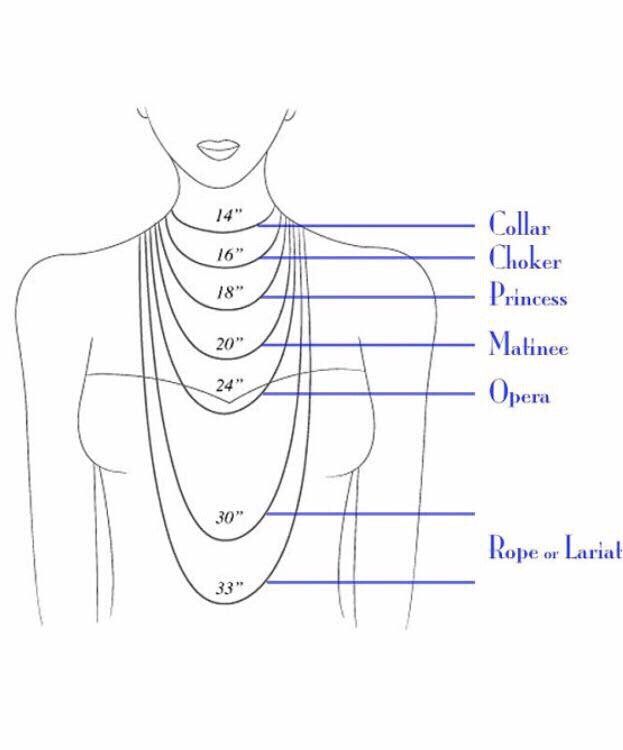 Because of the smaller pitch, teeth are closer so a more even drive force is transmitted per square mm of sprocket tooth. This reduces the amount of stress on each tooth and provides a marginally improved sprocket lifespan.
Because of the smaller pitch, teeth are closer so a more even drive force is transmitted per square mm of sprocket tooth. This reduces the amount of stress on each tooth and provides a marginally improved sprocket lifespan.
What are the disadvantages of 219 pitch chain?
1. Lower strength
a. Because the chain is made from less material, the strength of the components is lower.
2. Higher price
a. Because 219 pitch chain needs to be manufactured to a much higher quality to ensure durability, it is generally more expensive.
3. Fixed length / Non-Breakable
a. 219 pitch chain generally does not come with a removable link due to any removable links compromising the already close tolerance chain. While 219 pitch chain can be broken with a chain breaker, it is not recommended.
What are the benefits of 35 pitch chain?
1. Adjustable length / Breakable
a. Because 35 pitch chain is relatively strong, it can afford to compromise it’s strength and offer removable links. One of the biggest advantages of 35 pitch chain is the ability to lengthen or shorten it with a removable link. This also proves an enormous advantage where rear axles are driven ‘in-board’ with a sprocket between the bearings.
One of the biggest advantages of 35 pitch chain is the ability to lengthen or shorten it with a removable link. This also proves an enormous advantage where rear axles are driven ‘in-board’ with a sprocket between the bearings.
2. Higher Strength
a. Because 35 pitch chain has marginally larger components, it has increased strength.
3. Lower Price
a. Due to the ability to manufacture 35 pitch chain at good strength at a lower quality of manufacture, prices can be lower.
What are the disadvantages of 35 pitch chain?
1. Larger Sprocket Diameter
a. Because 35 pitch chain has a larger pitch (9.525mm), less links occupy a given diameter of sprocket. That means a 35 sprocket with the same number of teeth as a 219 pitch sprocket will be larger in diameter. This means a lower number of teeth can be used compared to 219 pitch before the sprocket fouls the ground or chassis. This reduces the gearing options.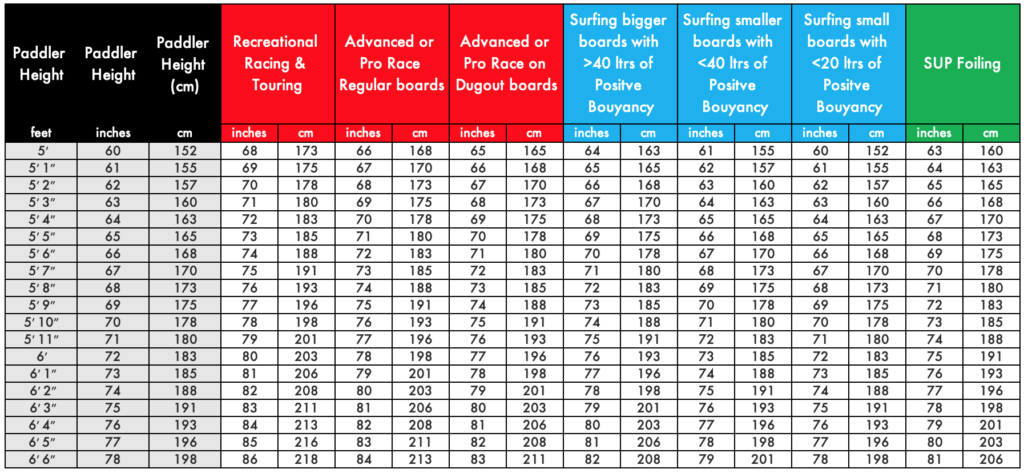
2. Less-smooth power transmission / reduced sprocket life
a. Because of the larger pitch, teeth are further apart so a less even drive force is transmitted per square mm of sprocket tooth. This increases the amount of stress on each tooth and provides a marginally reduced sprocket lifespan.
What is the best type of chain to use for my Project?
Factors to consider when choosing an ideal pitch of chain would include:
1. In-board or out-board drive sprocket configuration
2. Availability of engine sprockets
3. Final desired gearing
4. Set-up difficulities (length of chain measurements)
2-Stroke Karts -Generally, for racing go karts which are of 2-stroke engine type, 219 pitch chain is the popular choice and offers a greater range of gearing options. Gearing can be fine-tuned more than 35 pitch and as such more front sprocket options are readily available. Most 2-stroke engines are run an out-board drive sprocket and therefore do not pose any problems with replacement of chain.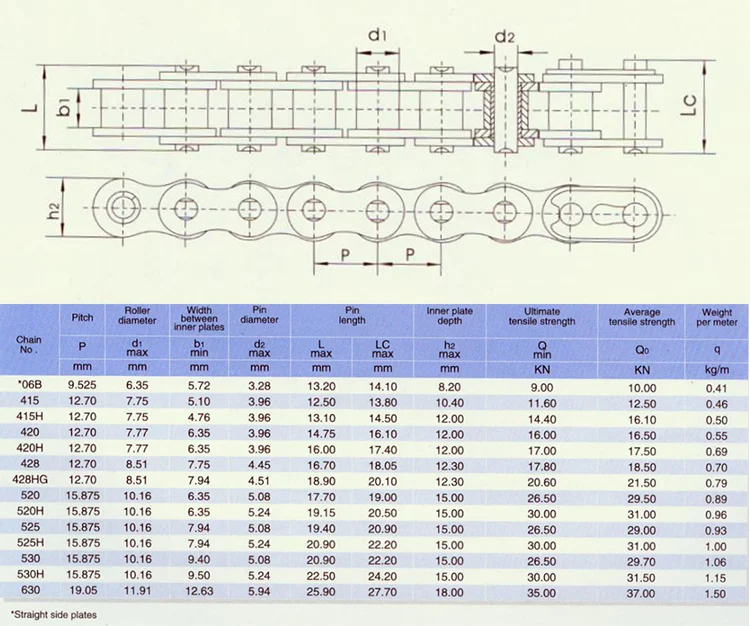
4-Stroke Karts -Generally for racing go karts which are of 4-stroke engine type, 35 pitch chain is the popular choice and offers better chain replacement access. Because 35 pitch chain can be easily broken and re-attached it is ideal for the in-board sprocket situation which occurs with 4-stroke engines on racing go kart chassis. Good kart shops will offer a range of 'split' 35 pitch sprockets which make replacing them easy on an in-board setup.
Projects -For a project, we often recommend using a 4-stroke engine and running the more flexible 35 pitch chain. Generally clutches are cheaper and setup is much easier being able to adjust the length of the chain easily.
There are several reasons why this is the case.
Firstly, the 219P chain is designed for a lower torque and higher rpm so it tends to be less strong when used in a 4-stroke application.
Secondly, 219P generally does not have joining links (because joining links are inherently weak due to the thinner posts in each link) so it's much more difficult to fit to an inboard 4-stroke transmission– the only people selling joiner link chains are us from my understanding, but we don’t recommend them – they are a last-resort convenience for classes which use 4-stroke engines and 219P chain.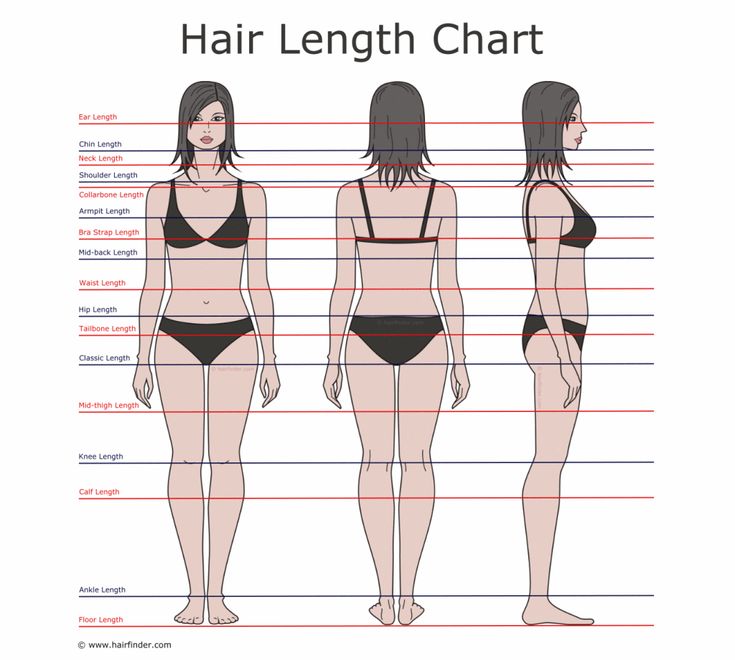 The reason that happens is because a commercial decision was made to sell them for use on the 4-strokes in national classes which were a spin-off from 2-stroke racing. People like it because they can use their old 219P sprockets if they convert from 2-stroke. However, all it does is create massive headaches because the rear 219P sprockets aren’t split so they are difficult to change on a 4-stroke kart driving in-board. We do sell split sprockets in 219P but they are a convenience option, rather than a good idea.
The reason that happens is because a commercial decision was made to sell them for use on the 4-strokes in national classes which were a spin-off from 2-stroke racing. People like it because they can use their old 219P sprockets if they convert from 2-stroke. However, all it does is create massive headaches because the rear 219P sprockets aren’t split so they are difficult to change on a 4-stroke kart driving in-board. We do sell split sprockets in 219P but they are a convenience option, rather than a good idea.
Thirdly, #35 chain is stronger (when an equal quality 219P chain is compared against an equal quality #35 chain). We recommend using the RLV grade competition chains as they are much stronger than the base level CPR #35 chain. However, posts on #35 won’t break like 219P so all chains will work well. With the RLV, it’s often a good idea to use the tie-wire replacement joiner links (CHARJ1) as they can’t slip the circlip and leave you stranded mid-race. All #35 rear axle sprockets are split. So with quality split sprockets and chain you’ll have no problem adjusting ratios at the track with the same convenience as 2-strokes.
So with quality split sprockets and chain you’ll have no problem adjusting ratios at the track with the same convenience as 2-strokes.
I don't have an old chain to count the links - How do I order the correct length of chain I need when your chain is sold in 'Link' sizes (ie: 98 link)?
1. Measure the distance around your drive sprocket and rear sprocket with a tape measure (read off in mm) with your engine in it's standard position.
2. Divide the distance you measured in mm by the pitch of the chain you are using (219P = 7.774, #35P = 9.525)
eg: Tape measure reads approx 78cm (or 780mm) - if you're using 219P chain, divide by 7.774 (780 / 7.774 = 100.3)
3. Round up or down to the nearest whole value (100.3 rounded down is 100)
4. You need to order that number of links (in this example, 100L chain would be perfect).
One of the most popular questions of owners of equipment with chain drives is at what elongation of the chain it is time to change it.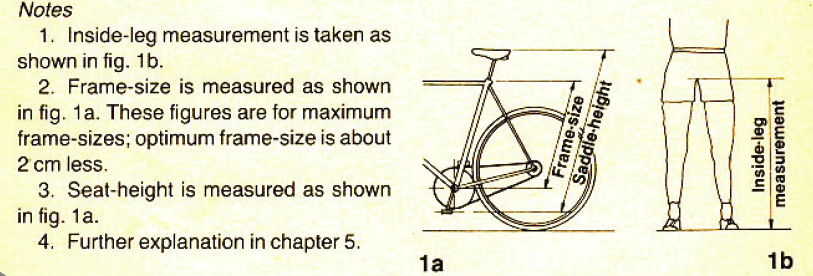 An increase in length impairs the operation of the mechanism: sagging becomes greater, the teeth do not fall on the rollers, the links slip. In this mode, vibrations appear, the parts heat up, the links wear out even faster. In the article we will talk about the types and signs of chain stretching, why the length increases and how to avoid it.
An increase in length impairs the operation of the mechanism: sagging becomes greater, the teeth do not fall on the rollers, the links slip. In this mode, vibrations appear, the parts heat up, the links wear out even faster. In the article we will talk about the types and signs of chain stretching, why the length increases and how to avoid it.
The chain stretches differently under normal and critical conditions
All chains stretch during operation, but if the modes are not violated, the links restore their original shape, the total length practically does not change. There are three types of extension:
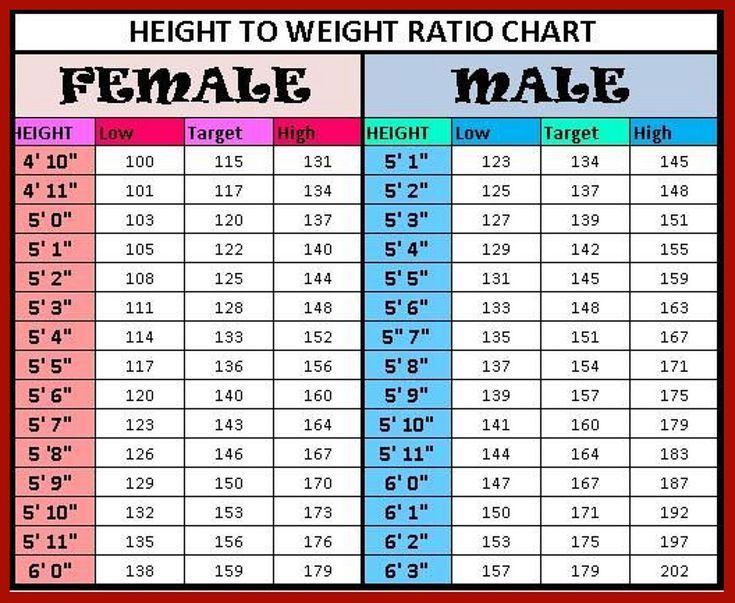 Such stretching occurs slowly, you need to follow it, change the chain in time.
Such stretching occurs slowly, you need to follow it, change the chain in time. Elongation is taken into account when designing mechanisms, and parameters are monitored during maintenance. If symptoms appear, check chain stretch.
The resilience of the elements allows the chain parts to return to their original position when the load is removed. The only negative effect of such temporary deformation is that it affects the position of the links when the load changes. For example, in conveyor models, elastic stretch is taken into account so that the suspension or attached element stops exactly at the specified place, regardless of the load.
Wear occurs when the link is rotated.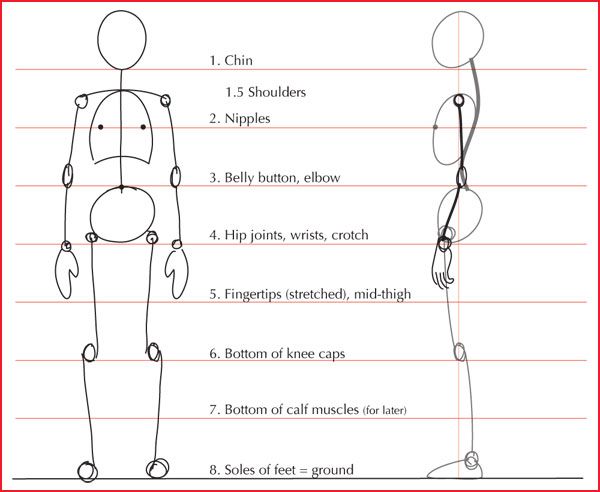 In a gear with two sprockets, there are four "problem" points - two each on the side of tension and sag:
In a gear with two sprockets, there are four "problem" points - two each on the side of tension and sag:
In the figure, the stars show the points of rotation of the links. Note that bending on the tension side causes more wear than bending on the slack side. When tensioned, the rotation occurs under load, there is less lubrication in the contact zone.
The wear of links, pins and bushings occurs gradually and imperceptibly, but affects the overall length. If the gap between the roller and the sleeve has increased on one side by 0.05 mm, then the segment for 100 links will become 5 mm longer. Wear is usually uneven, especially in gears without changing direction of rotation.
As the sleeve and pin wear, the overall length increases. The plates retain their original shape and do not participate in elongation. Wear is accelerated if there is not enough lubrication in the gear, operating modes are violated, there is corrosion or dirt on the contact surfaces.
Plastic stretching differs from elastic stretching in that after the force is removed, the length is not restored. Causes of Stable Deformation:
Causes of Stable Deformation:
Plastic deformation is also dangerous because damaged links lose their mobility. The curved roller does not rotate in the roller, the links turn with great effort, the parts wear out quickly. A plastically deformed chain must not be used.
Common symptoms of chain stretch:
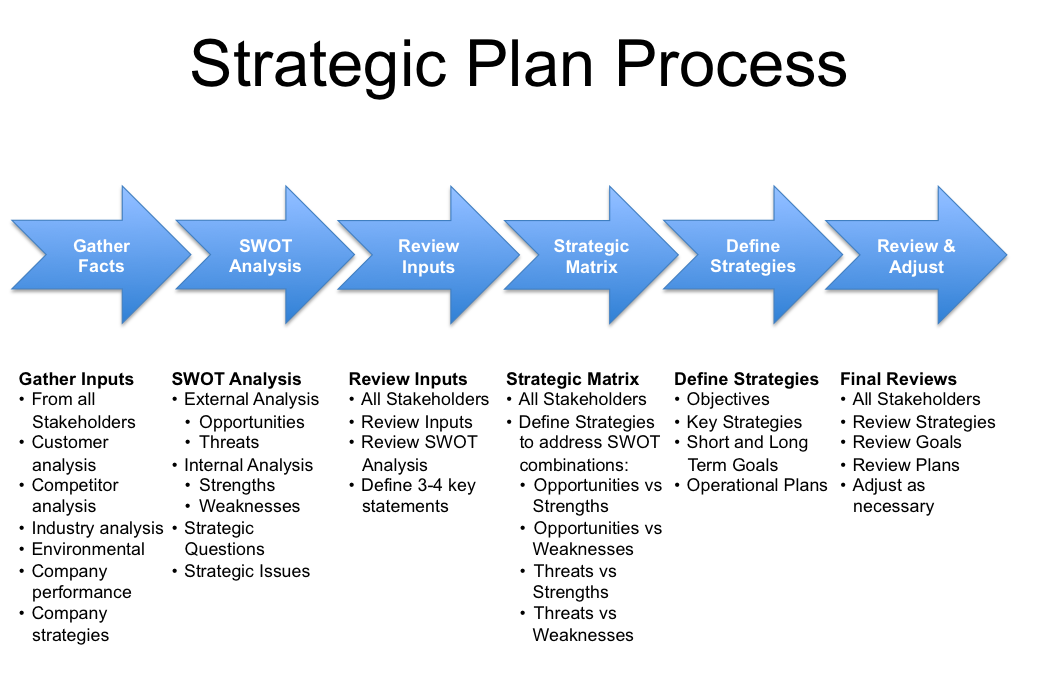 The rollers do not fall on the sprockets, sagging increases, the transmission starts to make noise, sometimes the chain beats against the body or adjacent parts of the mechanism.
The rollers do not fall on the sprockets, sagging increases, the transmission starts to make noise, sometimes the chain beats against the body or adjacent parts of the mechanism. If you notice such defects, you need to diagnose the chain stretch. To check, you can use a special template or caliper. The template usually indicates the parameters as a percentage. If you measure with a caliper, then you need to check the length and compare the result with the nominal value.
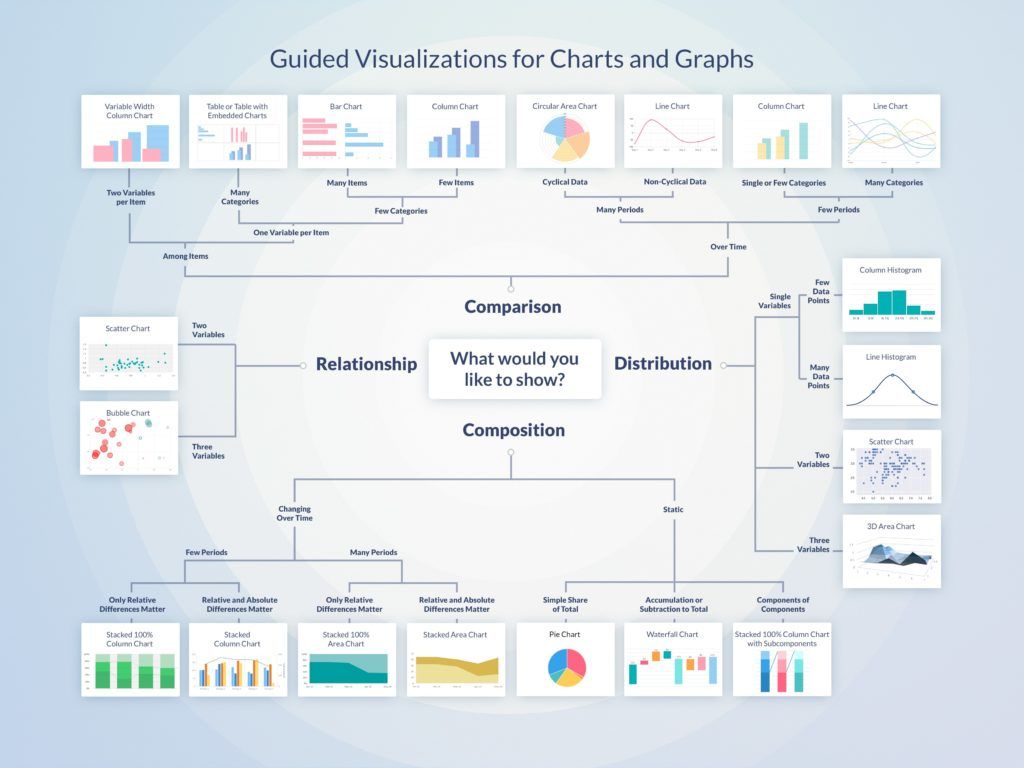 Insert the internal measuring jaws (pointed) between the rollers on the links. To make the result more accurate, it is better to take 5-10 links and measure on a stretched area.
Insert the internal measuring jaws (pointed) between the rollers on the links. To make the result more accurate, it is better to take 5-10 links and measure on a stretched area. If the length has increased by less than 0.5-0.7%, then you can continue to use. If the difference is more than 0.7%, it is better to change the chain.
Each chain has its own life, but if the rules of operation are violated, the service life is reduced. In order for the chain to last longer and not stretch, the following rules must be observed:
 Without lubrication, friction increases, rust appears on surfaces, and wear accelerates. To avoid running dry, oil seal chains can be used: O-rings or X-rings hold the lubricant securely in the joint.
Without lubrication, friction increases, rust appears on surfaces, and wear accelerates. To avoid running dry, oil seal chains can be used: O-rings or X-rings hold the lubricant securely in the joint. At Transmission Chains, you can consult with an expert and find the right model for your particular application. The catalog contains chains for motorcycles, ATVs, motoblocks, all-terrain vehicles, HDD, loaders and other equipment.
Motor vehicles are a general concept of a mechanical vehicle designed to transport people and goods, mounted on a frame and equipped with an engine.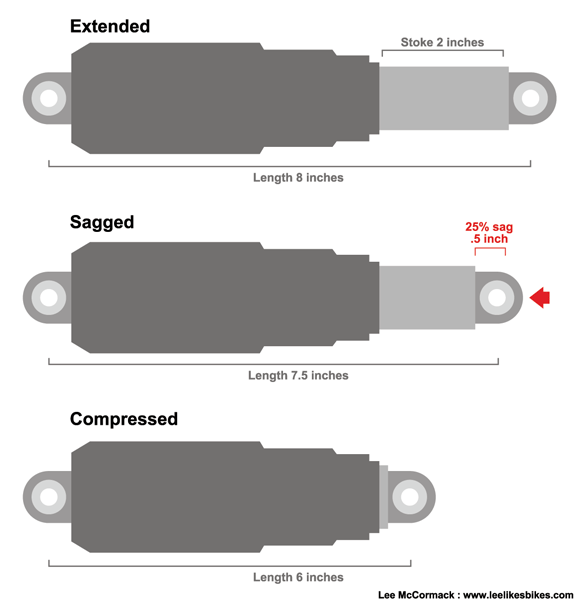 There are options for two, three and four-wheeled, and a gasoline or electric motor serves as a motor. Drive chains with pitch: 9.525-25.4mm are widely used in various types of motorcycles . In particular, they can be used as a direct drive from the engine output shaft to the rear wheel sprocket or rear axle, if we are considering an ATV, or as a track drive shaft for a snowmobile or motorized towing vehicle. In heavy all-terrain vehicles, to transfer power to the driven sprockets of the wheel axles, many manufacturers use the 16B-1 chain of the ISO 606 standard and its reinforced versions, which no one produces in Russia, but only sells cheap analogues bought in China, as a rule, not of high quality.
There are options for two, three and four-wheeled, and a gasoline or electric motor serves as a motor. Drive chains with pitch: 9.525-25.4mm are widely used in various types of motorcycles . In particular, they can be used as a direct drive from the engine output shaft to the rear wheel sprocket or rear axle, if we are considering an ATV, or as a track drive shaft for a snowmobile or motorized towing vehicle. In heavy all-terrain vehicles, to transfer power to the driven sprockets of the wheel axles, many manufacturers use the 16B-1 chain of the ISO 606 standard and its reinforced versions, which no one produces in Russia, but only sells cheap analogues bought in China, as a rule, not of high quality.
Just like motorcycles and mopeds, any other motorcycle equipment is classified by engine size and power, fuel consumption, maximum load capacity and speed. Depending on this, one or another chain is selected as the main drive for each class of motor vehicles.
The use of drive chains in motor vehicles is due to high torque transfer rates, large distance between the sprocket shafts, quick replacement in case of breakage or stretching, the ability to transmit torque in the absence of a lubrication system, protective devices such as a casing, operation at low temperatures with possible ingress of moisture, dust and dirt in the summer, as well as snow and ice in the winter. In addition to drive roller chains, in the gearboxes of some types of motor vehicles, a single-row, two-row and three-row drive sleeve chain, as well as a gear drive chain of a gearbox with one-sided and two-sided gearing, can be used.
In addition to drive roller chains, in the gearboxes of some types of motor vehicles, a single-row, two-row and three-row drive sleeve chain, as well as a gear drive chain of a gearbox with one-sided and two-sided gearing, can be used.
Manufacturers, when designing new models, often do not require a new type of chain, but use already proven and tested options that have proven themselves on the positive side of world market leaders in similar models of equipment manufactured domestically. In some cases, in order to increase the reliability and durability characteristics of their products, outperform competitors and get even more positive feedback from their customers, a motorcycle manufacturer uses a more powerful chain with a higher breaking force, thereby increasing the cost of the final product, but also improving product reliability.
An example of such an upgrade would be replacing an existing manufacturer's chain with a higher quality chain from an alternative supplier. At the same time, in order to carry out such a replacement, it is necessary to test the sample, compare the cost and operating time of the chain in order to obtain both an economic effect and strengthen this node, which may be problematic and most in need of modernization according to customer reviews.
At the same time, in order to carry out such a replacement, it is necessary to test the sample, compare the cost and operating time of the chain in order to obtain both an economic effect and strengthen this node, which may be problematic and most in need of modernization according to customer reviews.
Another option for upgrading a particular motor vehicle unit is to use a chain with the same pitch, but reinforced due to the increased thickness of the plates, the use of stronger materials, heat treatment modes, O-Ring, X-Ring and Z-Ring sealing rings.
When choosing a chain for any type of motorcycle, moped or motor equipment created on their basis, it is necessary to focus on the following points:
chain length and type. The most common chain sizes are 420, 428, 520, 525, 530. In this marking, the chain pitch and its width (the distance between the plates of the indoor unit or, as it is also called, the height of the roller) are “encrypted”.
Decipher these dimensions using the example of chain 530.
530
Chain pitch Chain width
the figure, in this case "5", must be multiplied by 25.4 mm (one inch) and divided by a factor of 8. Thus, we get a chain pitch of 15.875 mm or 5/8 inch.
To determine the width of the chain (the distance between the inner plates) we use the same formula, where the last two digits are “3” and “0” in our version (For example, for a chain 525 this number would be 2.5) we set it separated by commas , i.e. 3.0 multiplied by 25.4mm and divided by 8. From this calculation we get a width of 9.525 mm. This value is the maximum allowed. In catalogs and websites of different manufacturers, in contrast to the chain pitch, it is possible to see a different value of this distance, as a rule it is 9.4 mm.
Another parameter of the chain is its length, which on one model of motor vehicles can be different, depending on the number of teeth of the driving and driven sprockets and depends on the number of chain links. Any drive chain consists of internal and external links and a connecting link, which we can refer to as external. To determine the length of the chain, we count the number of outer plates and multiply the resulting value by two. You can also calculate the number of rollers, the value of which will be equal to the number of chain links.
To determine the length of the chain, we count the number of outer plates and multiply the resulting value by two. You can also calculate the number of rollers, the value of which will be equal to the number of chain links.
Another parameter is the circuit type. Chains for motor vehicles can be glandless and glandless . A sealless chain is always cheaper, but its durability is much less. Such chains are mainly used for sports ATVs, motocross motorcycles, which are operated under extreme loads and in off-road conditions, where the wear rate of the oil seal and oilless chain is the same. Mopeds, low-power ATVs and other types of motor vehicles with a small engine capacity also do not make sense to equip with an oil seal chain. In other cases, it is advisable to use gland chains, since their service life is much higher than that of glandless ones, due to less friction of the outer and inner plates against each other, as well as the bushing and the chain pin.
It's no secret that buyers of motorcycles use them both on flat roads and in extreme conditions.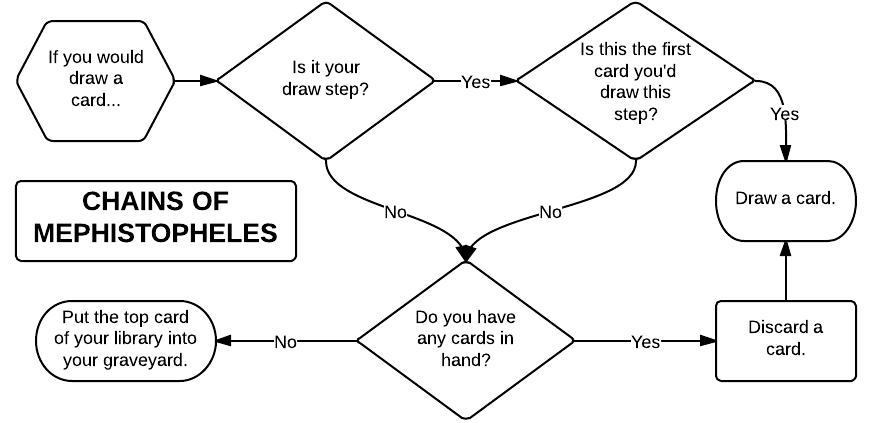 Snowmobiles, motorized towing vehicles, motorized dogs, all-terrain vehicles are often used by fishermen and hunters in the winter in many regions. ATVs and all-terrain vehicles are widespread in the summer in all regions of our country, which are also diverse in climatic conditions, terrain, and a chain break at any node, while driving through a swamp, snowy steppe or in a forest in severe frost, will create a very large problem for the owner of the motorcycle, even if this spare part is with him.
Snowmobiles, motorized towing vehicles, motorized dogs, all-terrain vehicles are often used by fishermen and hunters in the winter in many regions. ATVs and all-terrain vehicles are widespread in the summer in all regions of our country, which are also diverse in climatic conditions, terrain, and a chain break at any node, while driving through a swamp, snowy steppe or in a forest in severe frost, will create a very large problem for the owner of the motorcycle, even if this spare part is with him.
Privodnye tsepy LLC has in its assortment almost the entire range of products that are used in motor vehicles, both domestic and imported. By contacting our company, you will receive qualified advice and assistance in selecting the chain. If you first encountered with the need to replace the chain on your motor vehicles, then you will be helped in the shortest possible time with its identification, consulted on cost, stock availability, payment and delivery methods.